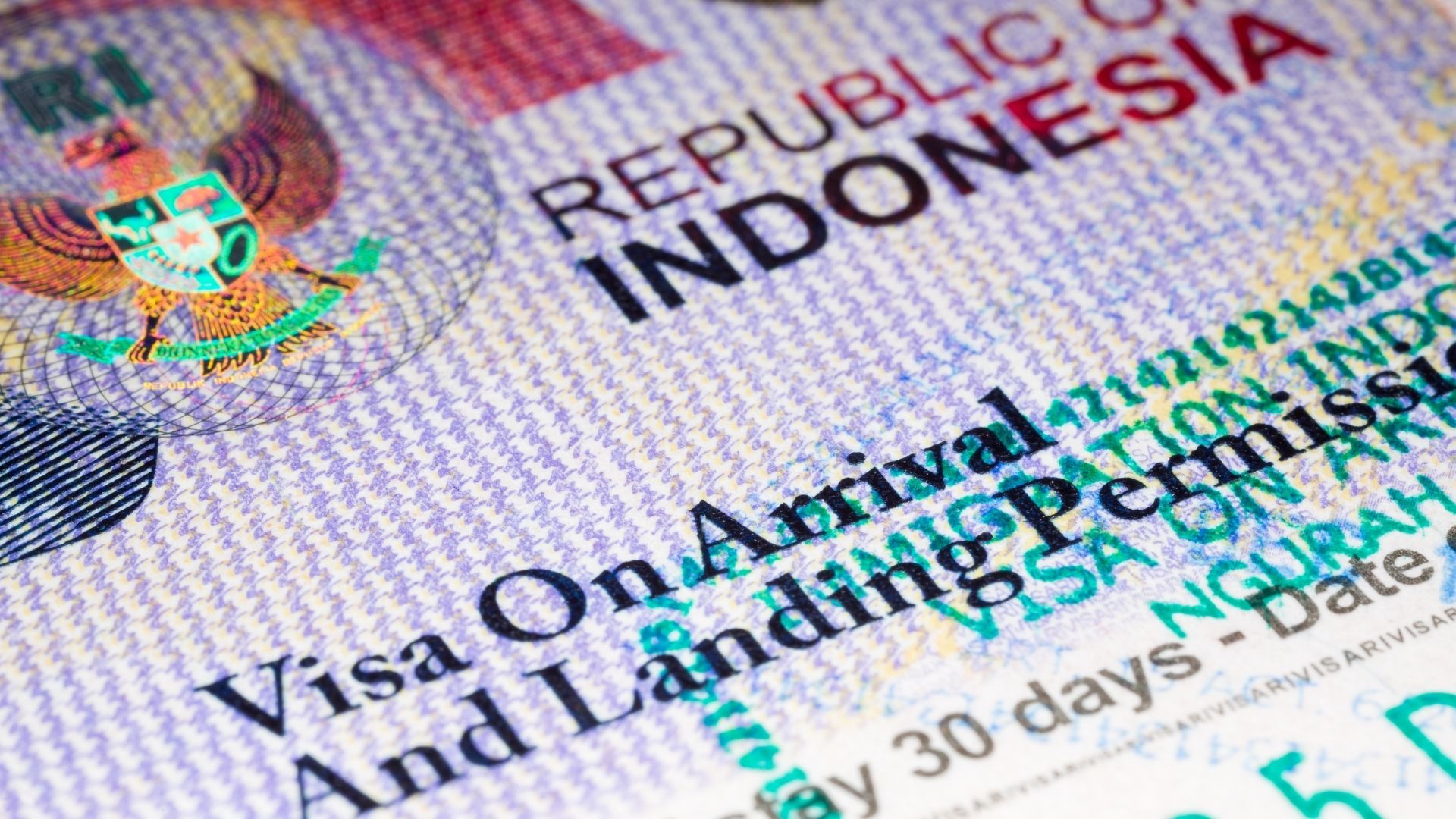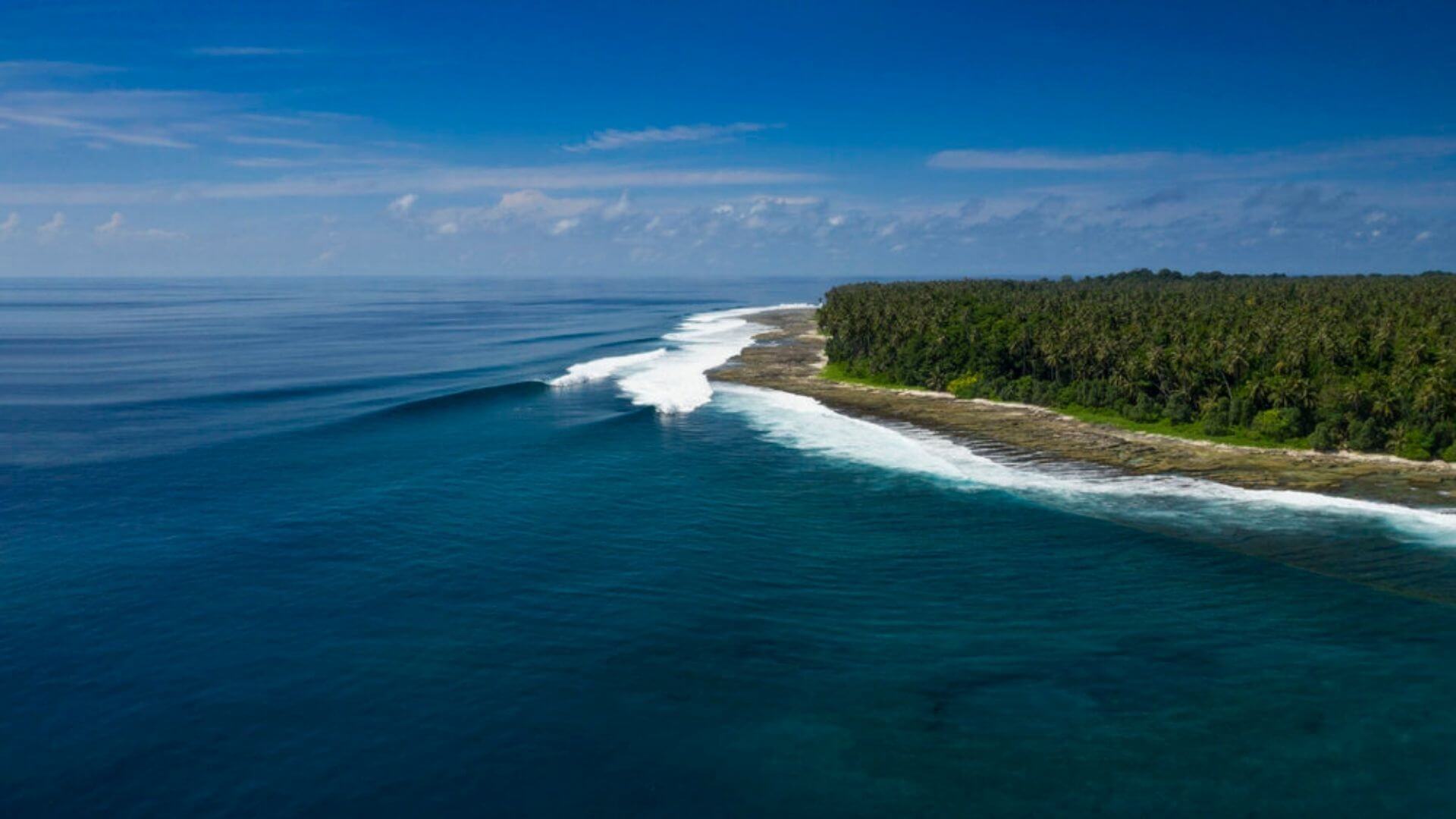Planning a surfing trip is unlike any other vacation. You’re not just seeking relaxation; you’re chasing thrilling waves and vibrant destinations that promise excitement at every turn. This unique blend of adventure and passion is what makes surfing trips so special. Plus, you’ll meet fellow surf enthusiasts who share your love for the sport, creating a sense of community and camaraderie that’s hard to find elsewhere.
While the excitement is undeniable, planning a surfing adventure requires careful preparation to ensure it becomes a memorable experience.
Here are some essential tips to help you get ready for the trip of a lifetime.
Choosing Your Destination
The first step in planning your surfing adventure is choosing the right destination.
Ask yourself…
- Why are you drawn to a particular location?
- Are you seeking the thrill of riding legendary waves?
- Or do you want to improve your surfing skills in a new environment?
- Consider whether you want to embark on this journey solo or with friends. (The company can significantly enhance the experience).
Understanding your goals will help you narrow down the best destinations.
The world is full of incredible surf spots, from the famous breaks of Hawaii and Bali to hidden gems in Portugal and Costa Rica.
If you’re new to planning surf trips, joining forums and communities dedicated to surfing can provide valuable insights and recommendations from experienced surfers.
Budget Considerations
Your budget plays a crucial role in determining your destination. Surfing spots vary widely in cost, from budget-friendly beach towns to luxurious resorts.
Factor in expenses such as…
- accommodation,
- flights,
- food,
- and equipment rental.
Researching and setting a realistic budget will help you make informed decisions and avoid any financial surprises.
Research and Preparation
Once you have a destination in mind, dive into research.
Look up…
- the best time of year to visit,
- the type of waves you can expect,
- and the local surf culture.
Websites, travel blogs, and surf magazines can provide detailed information and firsthand accounts. Understanding the local conditions will help you pack the right gear and mentally prepare for the waves you’ll encounter.
In summary, choosing the right destination and setting a budget are crucial first steps in planning your surfing adventure. By understanding your goals and doing thorough research, you’ll be well on your way to an unforgettable trip filled with incredible waves and new experiences.

Passport & Visa
Although everyone knows that you can’t go anywhere (this refers to international trips) if you do not have a passport, what many people tend to forget is that there are certain countries that require visas as well.
Of course, this depends on the place you’re planning to visit. If you’re unsure about visa requirements, then browse the web to learn more from trusted resources. Most of this information can easily be found on embassy websites.
👉 Be sure to check out our complete guide to Visas for Bali.
This is something that you must do at least a couple of months upfront, since sometimes, the entire application process can take up to several weeks. Therefore, before you make any reservations, you should first do your research, and, at the same time, gather all the necessary documents to avoid dealing with any last-minute predicaments.
Speaking of passports, in case you didn’t know, they need to be valid for at least six months before the return date, so keep that in mind before you book anything.
When Is The Perfect Time To Surf?
Even though it’s important to select a perfect surf destination, an element that’s equally as relevant is the time you’ll be visiting it. Practically every surf location is at the mercy of its climate.
Therefore, it’s essential to take this factor into account before planning anything, otherwise, you may be very disappointed.
For instance, if you want to go to Australia (for these purposes, of course) then you should visit it during winter because then you will have a more consistent surf.
Although the water may be a bit colder during this time of year, the swells are generally a lot more reliable, plus, it’s not going to be as crowded. On the flip side, if there’s a time of the year when you should steer clear of this country, then it’s undeniably spring.
Then you have countries like Morocco which “offers” the best waves from October all throughout April. In a nutshell, every surf destination comes with different rules when it comes to this, hence if you want to make sure you pick the best surfing season, then you must do your homework and collect as much information as you can.
Nowhere Without Top-Quality Gear
There’s no need to remind you that there’s no surfing adventure without the proper gear. So what are the essentials as far as this is concerned? First and foremost, you need to have a surfboard with a leash and fins.
If you want to take your wave ride up a notch, then you also must have a pad (which represents some sort of rug that enables you to stay stable while surfing). Now, if you want to comfortably ride waves, without being cold, then it’s mandatory to have a wetsuit.
The ones that are best options are wetsuits that are made from first-class neoprene because they offer a thermal layer that keeps you warm, and, concurrently keeps you cool out.
Those who are interested in other board sports such as wakeboarding (which is similar to surfing, however, unlike surfing it requires a boat) should consider having high-quality Wake boarding gear too. What does it typically include? It typically involves items like a helmet, wakeboarding boat, wakeboard (logically), wet suit, Life West, and many others.
Now, if you want something that’s going to add some grip to your surfboard, then you should purchase some wax that’s intended for these purposes. What makes it so pivotal? Namely, it helps you properly stand on the surfing board without worrying that you will fall.
And last, but definitely not least are surfboard fins which are here to help a surfboard turn.
Nowadays, you can find them in a variety of different sizes and shapes and the ones that you select are going to influence the way you’ll be riding the waves, hence you need something that offers top-notch quality.

How Skilled Are You?
You do not need to be super skilled in order to plan your next surfing vacation. That’s because there are all sorts of destinations that are intended for surfers of different abilities when it comes to this activity.
For instance, one of the best examples of it is Australia which is perfect for both amateurs and experienced surfers. The situation is practically the same with Costa Rica, Indonesia, Mexico, and many other countries.
However, just because all these above-mentioned countries are great as far as this is concerned, it doesn’t necessarily mean that it’s going to be the case with every other surf destination.
For example, if you want to go to Tahiti, then you must have a plethora of surfing experience. This doesn’t mean that this place is forbidden for anyone else who isn’t experienced, however, it’s going to be much harder for somebody who is an amateur to ride the waves out there since they can be pretty challenging.
That’s precisely why you need to be very honest and realistic with yourself in terms of your skills. If you do not want to sit around and wait for an ideal wave to come (this refers to the ones who aren’t particularly skilled) then you have two options at your disposal.
You can either hone your skills until you become more “suitable” for more demanding destinations, or you can simply pick the one that’s intended for surfers of all skill types. Whatever you decide, just make sure you do the right thing.
Take Care Of Your Surfboard
Although surfboards aren’t generally that fragile, a lot can happen in transit, which is why you need to be extra careful when it comes to this. So what can be done in these instances? You should acquire a bag with padding that is around 7 millimeters thick (at least).
This refers to the trips that won’t last for too long. On the flip side, if you’re planning something longer, then 10 millimeters is a better option. Furthermore, you should have a bag that comes with add-ons so that it is capable of properly safeguarding your surfboard.
For example, there are bags that contain nose or tail inserts to secure different areas of your surfboard that can damaged when you’re on a flight. Then there are those that come with a built-in separator that practically acts as padding between the surfboards.
Before you put your board in a bag, make sure to remove all the wax from it, and add additional items such wetsuit, trunks, and towel so they can become an extra layer of protection to your surfboard.
It’s always a good idea to put your contact information on the external and internal parts of your bag, just in case you accidentally lose it, or it gets stolen.
Surf Hotel Or Surf Camp?
Once you’ve covered all the aspects of your upcoming trip that were previously mentioned, it’s time to focus on this one.
Now, the question is would you rather stay in a surf hotel or surf camp?
If you would like to practice surfing a bit more, meaning to enhance your skills, then you should definitely opt for a surf camp. Out there, you’ll be working with professionals, plus you will also get accommodation, which is a great thing.
On the flip side, if you think that your skills do not need any “polishing”, yet you generally love being alone, then a surf hotel is a better option for you. Both of these alternatives are amazing and are intended for different kinds of adventures.
What you are going to choose eventually comes down to your personal preferences and skills as well.
Let’s Dive Into You Itinerary!
Although you already know that the primary purpose of this whole trip is to surf, that doesn’t mean (at least we hope so) that that’s going to be the only thing that you’ll be doing. For starters, you should determine the length of your vacation.
Is it going to be something that will last for a few days, or maybe even one month? If you want to make the most out of your trip, then you need to think about how much time you want to spend riding the waves, and how much time you want to spend doing everything else that’s not related to it.
If you are just getting started when it comes to surfing, then it would be wise to set aside at least a couple of days for this so you can feel comfortable. Even though there’s no denying that surfing is super dynamic and thrilling, it definitely shouldn’t be the only thing that you’ll be doing. Consequently, if you share this opinion then you should think of all other activities that you’ll be having on your vacation.
For example, you can take some interesting tours, talk to the locals, try out some delicious meals, and many other things. By combining all these activities, you will surely create memories that will last a lifetime.
Do Some Exercising
Surfing isn’t for the “weak” ones, meaning that if you’re not in good shape, it’s highly unlikely you’ll be able to properly ride the waves. Therefore, if you haven’t exercised in a while, yet you are planning on surfing, then it’s obligatory to hit a gym and focus on your abs, back, shoulders, arms, and legs.
We assume that you must be overly thrilled because of your next surfing vacation, which is fantastic, however, if you want to make sure nothing ruins it, then you must follow some of the tips that were mentioned today!


